
- Antique Imperial Russian
- Brand
- Antique (113)
- Carl Faberge (8)
- Faberge (134)
- Fabergé (35)
- Gustav Klingert (8)
- Handmade (13)
- Imperial (112)
- Imperial Russian (35)
- Ivan Khlebnikov (12)
- Khlebnikov (10)
- Monogram Tea Holder (7)
- Ovchinnikov (6)
- Paul Buhré (6)
- Pavel Ovchinnikov (6)
- Rare (14)
- Russian (47)
- Russian Imperial (10)
- Signed (7)
- Silver 84 (9)
- Unknown (11)
- Other (2359)
- Department
- Royalty
- To Commemorate
- Type
- Year
FABERGE Imperial Russian Gold Brooch 14K Rare Antique Pin Ruby Pearl Jewelry RU
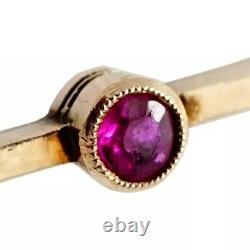


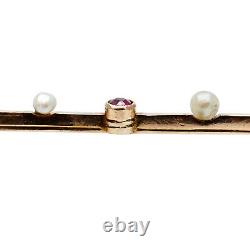
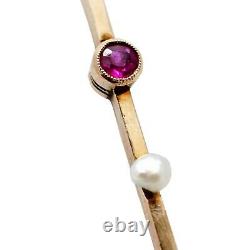
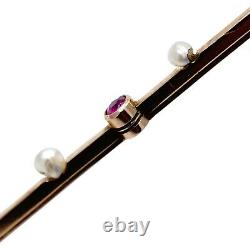
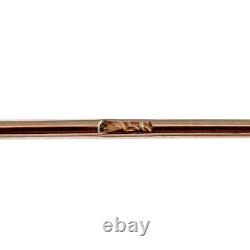
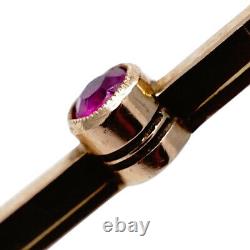

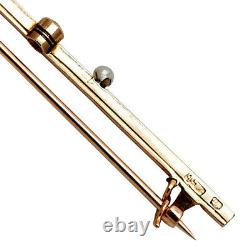


RARE Empire Russian 56 GOLD Tie Pin Romanov dynasty period Faberge design 1914-17; c. 50 mm length; weight 3.0 g. Faberge Egg 14K Gold 56 Pin Carl Faberge Design KF Silver Hallmark RU Enamel. Scratched inventory number as pictured. Peter Carl Fabergé, also known as Karl Gustavovich Fabergé (Russian: , Karl Gustavovich Faberzhe; 30 May 1846 24 September 1920), was a Russian jeweller best known for the famous Fabergé eggs made in the style of genuine Easter eggs, but using precious metals and gemstones rather than more mundane materials. He was one of the sons of the founder of the famous jewelry legacy House of Fabergé. Peter Carl Faberge was born in Saint Petersburg, Russia, to the Baltic German jeweller Gustav Fabergé and his Danish wife Charlotte Jungstedt. Gustav Fabergé's paternal ancestors were Huguenots, originally from La Bouteille, Picardy, who fled from France after the revocation of the Edict of Nantes, first to Germany near Berlin, then in 1800 to the Pernau (today Pärnu)[2] Baltic province of Livonia, then part of Russia, now Estonia.
Until he was 14 years old he went to the German St Anne School in Saint Petersburg, Russia. [citation needed] In 1860 his father retired from his jewelry business and moved with his family to Germany. He left the House of Fabergé in Saint Petersburg in the hands of his business partner.
Carl Fabergé undertook a course at the Dresden Arts and Crafts School. In 1862 Agathon Fabergé, the Fabergés' second son, was born in Dresden, Germany, where he went to school as well. In 1864, Peter Carl Fabergé embarked upon a Grand Tour of Europe. He received tuition from respected goldsmiths in Germany, France and England, attended a course at Schloss's Commercial College in Paris, and viewed the objects in the galleries of Europe's leading museums.
Petersburg and married Augusta Julia Jacobs. 1874 saw the arrival of his first child, Eugene Fabergé and two years later, Agathon Fabergé was born; Alexander Fabergé and Nicholas Fabergé followed in 1877 and 1884 respectively. For the following 10 years, his father's trusted workmaster Hiskias Pendin acted as his mentor and tutor. The company was also involved with cataloguing, repairing, and restoring objects in the Hermitage during the 1870s.
In 1881 the business moved to larger street-level premises at 16/18 Bolshaya Morskaya. The item "FABERGE Imperial Russian Gold Brooch 14K Rare Antique Pin Ruby Pearl Jewelry RU" is in sale since Monday, October 5, 2020. This item is in the category "Collectibles\Decorative Collectibles\Decorative Collectible Brands\Faberge". The seller is "galleryoff5th" and is located in New York, New York.This item can be shipped worldwide.
- Brand: Faberge
- Modified Item: No
- Country/Region of Manufacture: Russian Federation

